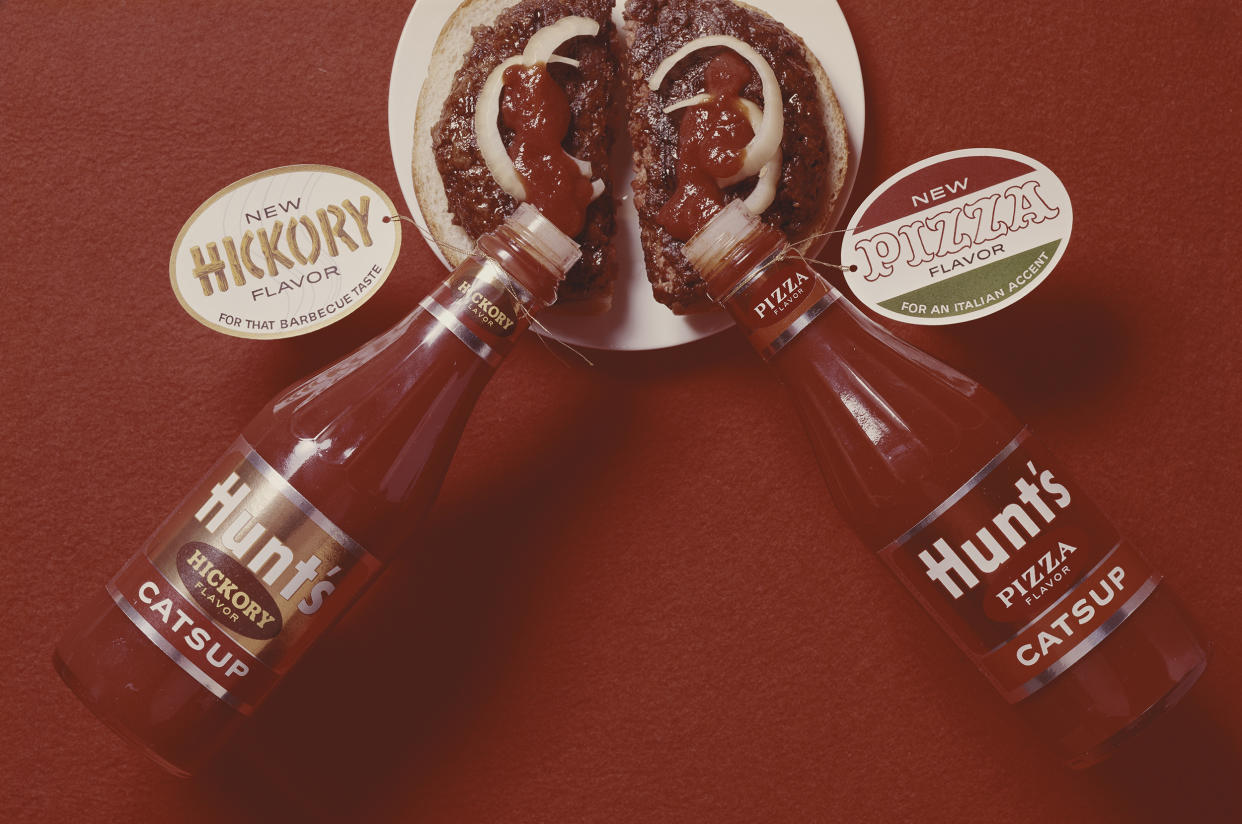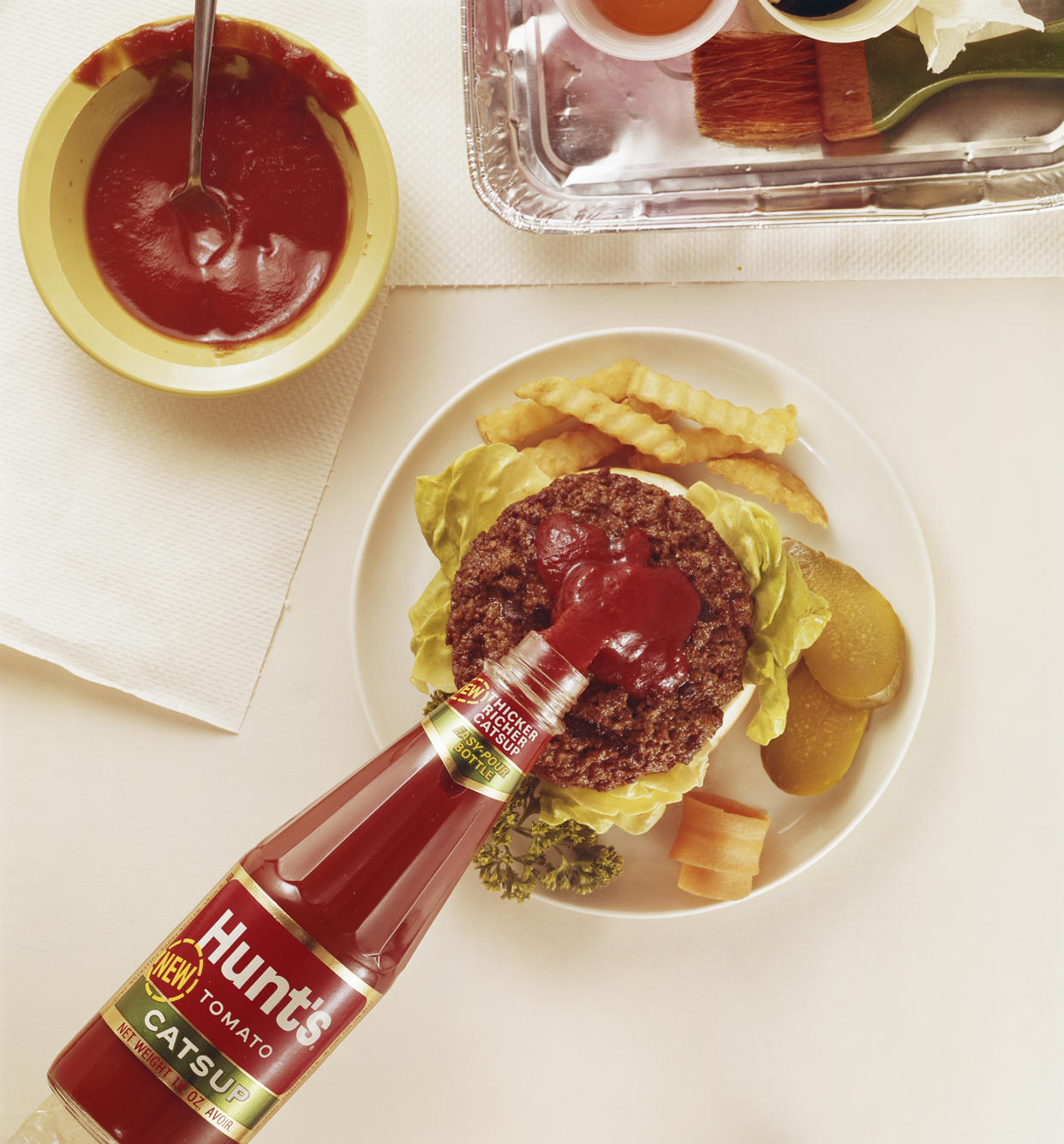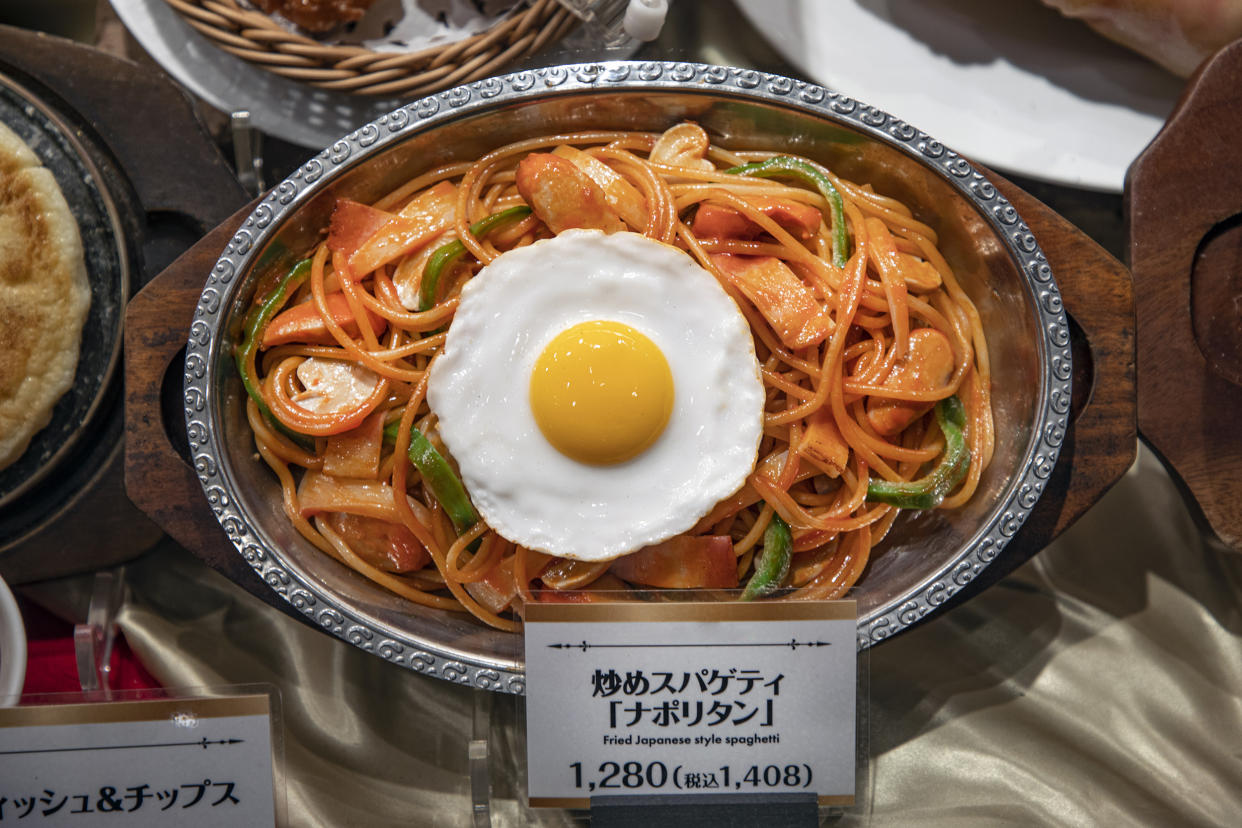The Asian origins of ketchup, the all-American condiment
When Carl Sagan shot two golden records into space as a sort of olive branch to extraterrestrial life in the '70s, he should have also sent a bottle of ketchup. After all, nothing captures the progression of global food commerce quite like the sweet-and-savory condiment that Americans consume 71 pounds of each year.
Today, ubiquitous American brands like Heinz and Hunt’s mass-produce their versions of ketchup in factories across the globe, and each are worth billions of dollars. Ketchup is known for going hand-in-hand with American classics like cheeseburgers, hot dogs, french fries and sometimes even mac and cheese.

It’s featured at counter stations of almost every American-based fast-food restaurant, where diners can be seen tearing at the top of packets with their teeth before squeezing the bright red content onto greasy orders. The condiment inspired iconic American artists like Harold Anderson and Andy Warhol and in ways left stains on three presidential legacies.
Still, many might be surprised to learn that this condiment isn’t quite the all-American item it appears to be. Just take a look at its Asian origins.

There are various theories on the etymology of the word "ketchup" which also show the sauces’ ancestral ingredients.
Dial back the clock, and you’ll find that one theory traces ketchup's roots all of the way back to imperial China, an era where the region was rife with change, cultural advancement and a savory fare: fish sauce. In his book, “The Language of Food,” Stanford University professor Dan Jurafsky traces the first versions of ketchup back thousands of years ago. During that time, along the coasts and rivers of Southeast Asia (and modern-day southern China), locals used salt to ferment their fish, which they then made into savory pastes. Back then, the spoken word in the region was Hokkien, a language derived from the Fujian province of China. It's in this language that we can find our way to the word "ketchup," which Jurafsky says stems from the Hokkien word for the fermented fish sauce: "ke-tchup."
"The sauce didn’t originate as a tomato sauce," Jurafsky explained in an interview with TODAY Food, noting that the bright-red fruit was added to the sauce many years down the line after being brought to various ports around the globe where other ingredients became the base first.

In part, we can all toast to an early version of rum called "arrack" for the ketchup so many have come to favor today. "Arrack was the first widely produced liquor, long before rum or gin had been invented," Jurafsky writes. “So when English and Dutch sailors and merchants came to Asia around 1650 to trade for silk, porcelain, and tea, they brought vast quantities of arrack and used it to invent the world’s first cocktail ('punch') for their navies."
During this time, the traders came to appreciate the fish sauce known as ke-tchup, and upon returning to Europe, they brought back arrack and the fish sauce.
Eventually, over the course of nearly 400 years, the ingredients for ke-tchup were altered to account for Western preferences.
Those early preferences meant swapping fermented fish for available ingredients like mushrooms and even walnuts. By 18th century England, numerous homemade recipes inspired by the original ke-tchup sauces came about. According to Jurafsky, Jane Austen would have seen the sauce served in her household. Austen, who lived with her mother in a cottage in Chawton, also lived with her best friend, Martha Lloyd. Lloyd maintained a book to help the family’s cook and housekeeper keep up to date on the family’s likes and dislikes. In the book, Lloyd details the recipe for walnut ketchup, which requires its ingredients to be stirred for eight days.
Eventually, by the 19th century, the most favored ketchup recipes began to include tomatoes. Still, it would be some time before ketchup would begin to look like the condiment we enjoy now.
British colonists were the ones to bring the sauce to the United States, but it wasn’t until around the time of the Civil War that fishy ingredients like anchovies were dropped altogether, and sugar was introduced. (A YouTube video from Emmymade shows how the war between the Union and the Confederates also included ketchup preference.)
Soon after, factories began to account for the American public’s increasing demand for ketchup by ramping up production. According to Jurafsky, “by around 1910, manufacturers like Heinz found that adding even more sugar and also lots of vinegar helped produce a ketchup that preserved better leading to our modern sweet-and-sour formula.”
With that extra-sugary addition, ketchup became the country’s national condiment.
In the generations since, ketchup has become an export to countries across the globe, even finding its way back to its Eastern roots.

In Hong Kong, recipes for Ketchup Spaghetti are often a point of nostalgia, described as the taste of childhood. In Japan, Ketchup Spaghetti aka Spaghetti Napolitan (named after Naples, Italy) is widely available and popular at restaurants. Today, ubiquitous American brands like Heinz and Hunt’s continue to mass-produce their own versions of ketchup in factories across the globe, and each are worth billions of dollars.
"(Ketchup) is not AAPI (in that it) wasn’t created by Asian Americans, but it is itself an Asian American hybrid," Jurafsky explained to TODAY. "It’s very much ‘Americanified,’ but it’s an originally Asian thing … and it’s not a fish sauce anymore, that’s gone. But it’s this other thing. It’s a hybrid — a signal of the ways that East and West met again and again over the centuries."

With its ubiquitous presence and ancient Asian roots, the kitchen staple serves as yet another reminder of how integral the AAPI community has been in shaping the country’s cultural mosaic and expanding our palates. In a way, ketchup serves more than our appetites; it’s a bright point. As consumers, we often find ourselves in the rat race of chasing trends, and it’s no different when it comes to condiments. Here, today’s aioli fiend is yesterday’s Sriracha lover. Food trends come and go. Fortunately, cultural exchange remains on the uptick, and ketchup is here to stay.






